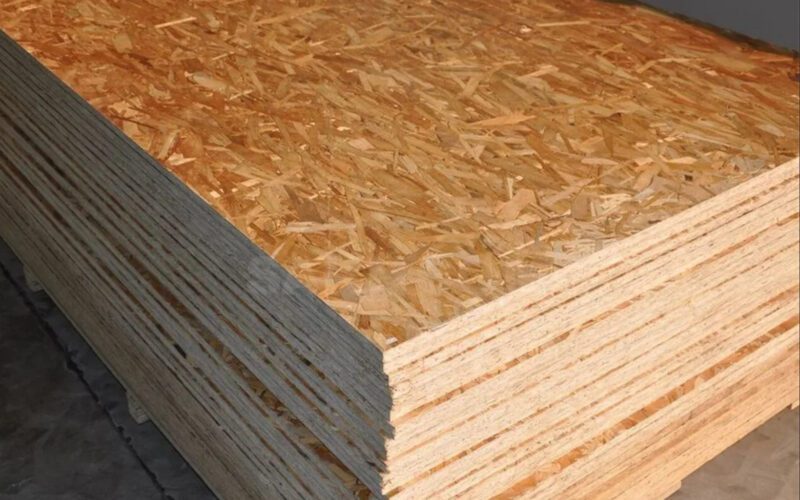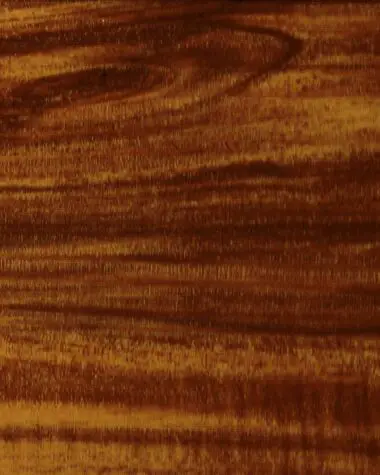Oriented strand board (OSB) is a wood-based engineered panel and has been one of the most widely used for structural construction in North American homes since the mid-1980s. The first OSB was made in Canada in 1964, but it was in the middle of the 1980s that it achieved a stable position in the market.
What is OSB?
OSB is an engineered wood panel that resembles plywood in many ways, including strength and performance. Furthermore, OSB uses a waterproof phenolic adhesive to join strands of plentiful, small-diameter poplar and aspen trees. As a result, it produces a robust, dimensionally stable panel that resists deflection, delamination, and warping.
Uses of OSB
Oriented Strand Board gained its popularity in the market during the 80s season. It was the beginning of its journey to be used in a variety of applications. To fully understand the importance of OSB in the wood industry, let’s get straight to understanding its common uses.
Wall Sheathing
The fact that OSB is quite strong—much stronger than plywood in terms of shear strength—and does a decent job of retaining nails is only one of the many reasons why it makes for a truly good wall sheathing material.
Roofing
OSB as a roofing material is more widespread than plywood in many regions of the world, especially in North America. Of course, the fact that it is so inexpensive has a lot to do with why oriented strand boards have become such a popular alternative to plywood for roofing.
Cabinetry
A great option to keep in mind if you need to build or renovate a whole kitchen but have a tight budget is OSB. As said, it is a cost-effective building material used for cabinetry.
Subflooring and Flooring
Due to its strong shear strength and resistance to impacts, OSB performs well as a subflooring material. Oriented strand board is flexible, making it a great option for a location with a lot of traffic.
OSB: Pros and Cons
OSB generally comprises about 95% wood chips and 5% resin and adhesives. Like any other types of wood, it also has ups and downs in performance. Let’s discover them apiece.
Pros
Let’s first explore why you should use Oriented Strand boards as your upcoming building material.
- OSB is considerably stronger than plywood. In fact, it has twice the shear strength of plywood. It means that it takes a lot of force to shatter, snap, or crack OSB. This wood makes it ideal for uses that need high levels of structural stability.
- OSB is consistent across the sides. In contrast to plywood, which is susceptible to holes and knots, OSB is constructed in such a way as to guarantee the avoidance of these issues. If the convenience of use and structural integrity are what you’re after, OSB’s production technique enables the ideal combination.
- In contrast to plywood panels, which typically have a maximum length of 10 feet, OSB panels have a maximum length of 24 feet, allowing them to cover a large area quickly.
- While OSB is stronger than plywood, it is also significantly more affordable than plywood. Generally, when comparing OSB versus plywood, you can save up to $5, depending on the size of the panel.
Cons
Let’s say you want to explore the capability of OSB as a building material, so you decided to purchase it. As part of your exploration, it is essential to know the drawback of this engineered wood so that you can be prepared for what comes next. Take a look at the following flaws of using OSB.
- While OSB is stronger than plywood, it is bendy. It means that it is not the ideal material for flooring because it will flex quite a bit, which may result in squeaky floors.
- The fact that OSB simply doesn’t look very attractive and is difficult to clean is one of the greatest issues that people have with it. You should avoid using it to finish your walls.
- The chemicals used in manufacturing OSB, like formaldehyde, could cause health threats.
- OSB is difficult to install because of its massive weight.
- The edges of OSB can swell by up to 15% when exposed to high levels of moisture, which can obviously be troublesome if you don’t use waterproof OSB.
Other Wood Types You May Be Interested In
Below is the list of manufactured wood types that you may be interested in.
Bottomline
Now that you are fully knowledgeable about Oriented Strand Boards, you can make a sound decision in choosing the type of engineered wood building material that is best for your upcoming project.








